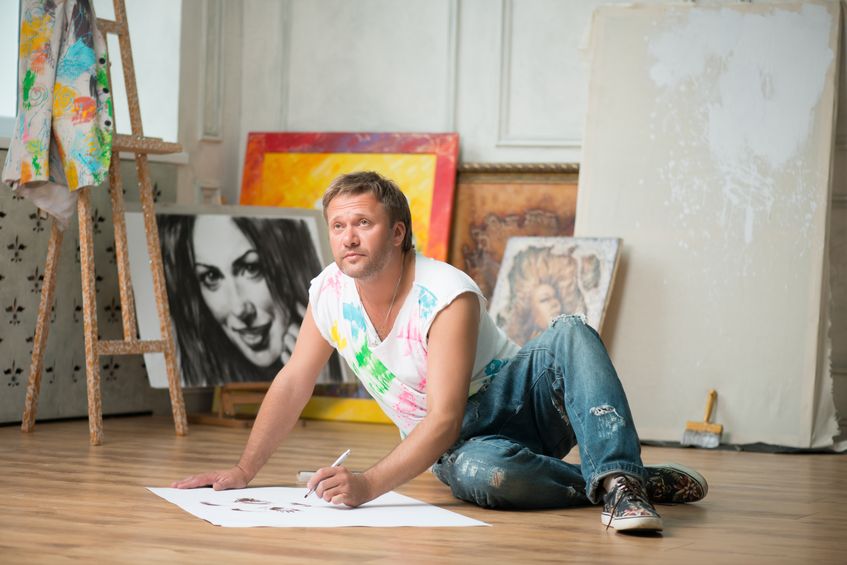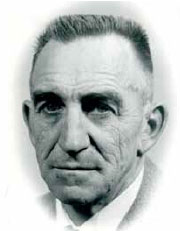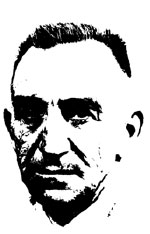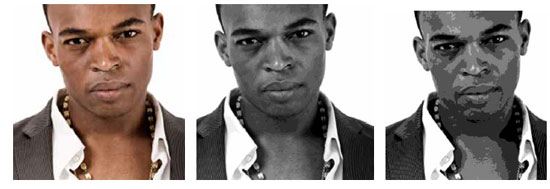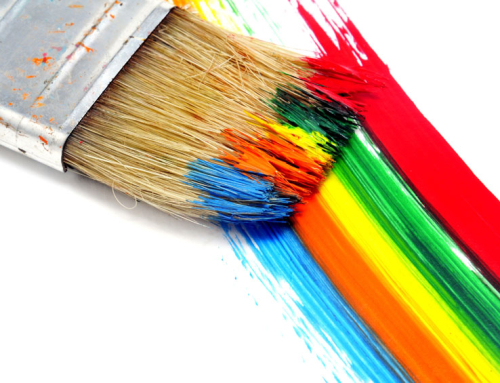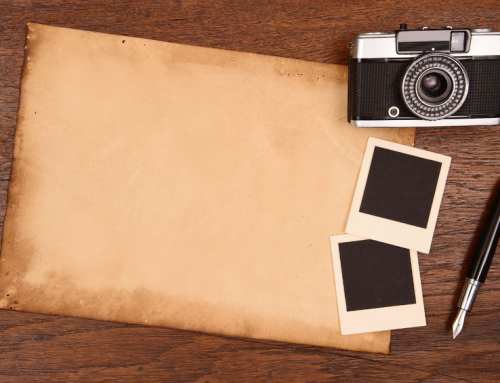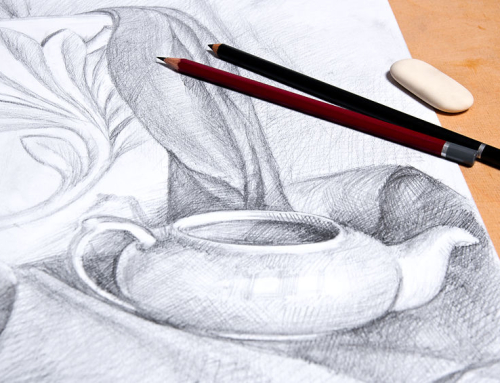Every color has a value, and those values will be expressed on three-dimensional objects as various shapes.
Seeing those shapes and expressing them in your drawings and paintings will allow you to simplify and at the same time, strengthen, your work.
To see these shapes, it’s helpful to begin with black and white references. It’s easier to see the shapes in gray values than in color, where many different values of many different colors are all working together.
In this photo of an old man, you can see the shadow shapes wherever his face is in shadow.
To make them even more clear, increase the contrast and play with the threshold numbers in a photo manipulation program. In the stark black and white version of the same picture, the darkest shapes are very clearly expressed.
But there are more subtle shapes as well. If you break a photo down to shades of gray and posterize those values, you can see these shapes.
The more simple you make the photo, the larger those various shapes will become, but if you compare three versions of the same picture made with increasingly simple shapes, you can see that even in the simplest version, the shapes are still consistent with the original photo.
When you’re drawing or painting, look for the shapes of the values and put them down as such. In other words, rather than shading the eye as one piece, then the nose, then the mouth and so on, look for the value shape that encompasses the whole shadow side of the face and put that in accurately.
On top of that, there may be an even darker, smaller shape of the shadow on the side of the nose and beneath the eye.
Put that in as a layer on top of your first shape, and so on, until you’ve expressed as many shapes as you want.
Working this way, you simplify the form and make it stronger. You also wind up with a more realistic portrait, because if you think about it, shadows don’t stop at the eye, then start again at the nose, then again at the nose.
A shadow falls across the entire face as one form. The shapes of value that we see explain the form to us. A shadow means something is farther back, a highlight means it’s sticking out, and every value in between says how far back or how far pushed forward.
If the value shapes are off, then the drawing won’t accurately explain the form to the viewer and the portrait will look wrong.
So the first step to getting the portrait right is getting the simplest shapes right. For greater realism, use more layers of shapes, but start with the basics.
Want To Learn More…
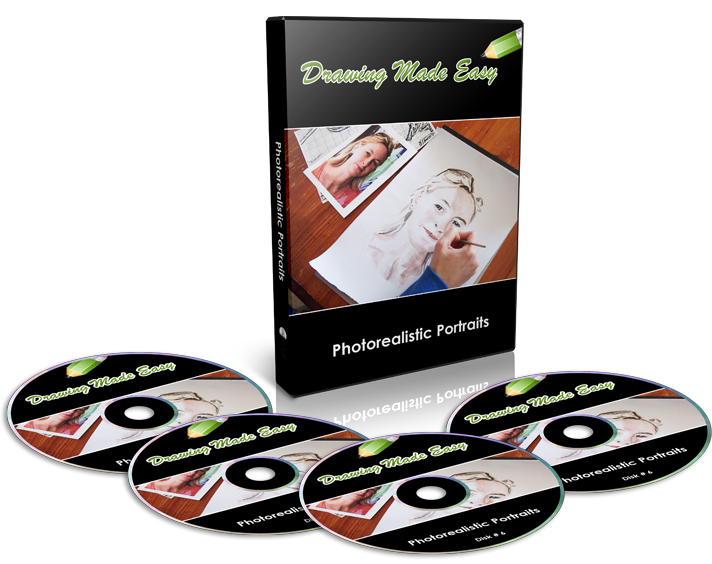
So many would-be artist’s overlook this vital foundation when they begin learning to draw. So from there they became disheartened, loose interest and put it in the “too hard” basket.
If you are a quick learner then great but some of us will take a little longer to pick up the required knowledge.
This isn’t a problem. In fact, when you do master it, because you had to work a little harder, you often have a more thorough grasp of the basics.
With that said we have created ‘Photorealistic Portraits’ which builds on your drawing knowledge to take your portrait drawings further.

